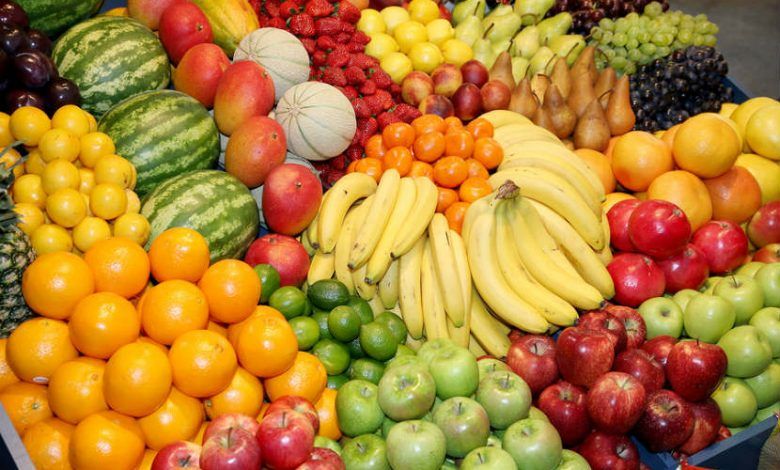World fruit production vs vegetables

World fruit production increased 54% between 2000 and 2019, to 883 million tons, representing an increase of 311 million tons, according to a report by the Food and Agriculture Organization of the United Nations (FAO).
Five species of fruit accounted for 57% of total production in 2019, up from 63% in 2000: bananas (18%), watermelons (11%), apples (10%), oranges and grapes (9% each).
While the share of bananas in total world fruit production increased slightly since 2000, that of the other main fruit species decreased.
On the other hand, world vegetable production grew more rapidly between 2000 and 2019, as it increased 65%, or 446 million tonnes, to 1.128 million tonnes in 2019.
The five main species of vegetables represented 42 to 45% of the total during the period: tomatoes (16% in 2019), onions (9%), cucumbers and pickles (8%), cabbages (6%) and aubergines (5%).
While the proportion of onions, cucumbers and pickles and aubergines increased, that of cabbages was almost halved and that of tomatoes remained stable.
World fruit production
Most primary crops can be consumed raw, but two groups of crops in particular require processing for the production of staples used for food and fuel: oil crops and sugar.
Therefore, FAO explained, they have an impact on nutrition and health, but also on energy and the environment.
Total world production of vegetable oils more than doubled between 2000 and 2018, to 201 million tonnes in 2018. This is 109 million tonnes more than in 2000.
In particular, palm oil had the highest increase, both absolute and relative, since its production increased 49 million tons, or 222%; surpassed soybean oil as the top vegetable oil produced in 2006.
The use of palm oil for biodiesel explains most of this spectacular growth.
The other main vegetable oils are rapeseed oil, which accounted for 12% of global vegetable oil production in 2018, and sunflower oil, which comprised 9% of total vegetable oil production in 2018, up from 11% in 2000 .
As with primary crops, the production of major vegetable oils is heavily concentrated in a handful of countries.
The concentration is highest with palm oil, with about 85% of world production coming from two countries in 2018: Indonesia (57%) and Malaysia (27%).
![]()

